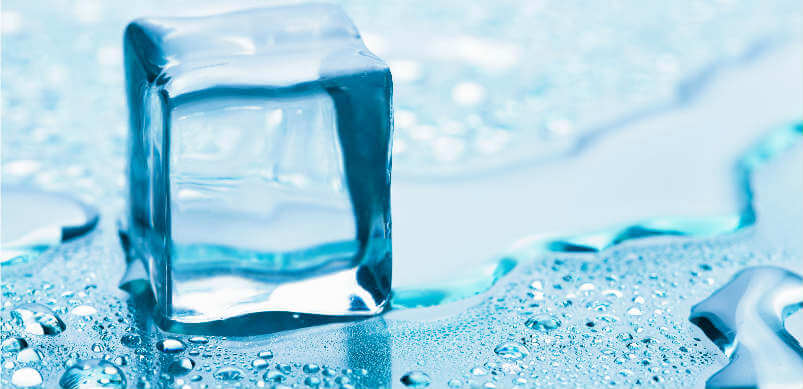
How to Remove Excess Ice in Your Freezer
February 3, 2015 | Kitchen Appliances Repair, Help & Advice | No comments
A build up of ice in the freezer may appear a common issue, but it’s one which shouldn’t be ignored. If you have more than a quarter of an inch of ice in your freezer, it’s time to take action.
This includes:
Defrosting Your Freezer:
Defrosting your freezer can be done in three easy steps.
- Switch off the appliance and unplug it.
- Remove any food from the appliance and place it into a cool box.
- Leave the freezer door open and allow ice to melt naturally.
Whilst the three steps above are effective, they can be time consuming. But you can speed the process up by placing a bowl of hot water onto the middle shelf. The heat emitted from the water will help melt the ice.
Top Tip: When defrosting the freezer, place towels or old newspaper around the bottom. This will soak up any excess water.
Reduce Ice Build Up:
Along with defrosting your freezer, you can limit the risk of ice building up by taking the following precautionary steps.
- Check the Door Seal – over time the seal on your freezer will become worn or damaged.
If you’ve noticed your door seal has stretched out of shape, bring it back to its former glory by applying heat from a hairdryer for a couple of minutes, before gently stretching the seal back into position.
If the door seal is damaged, replace it. We explain the best way to do this in our “How to Replace a Freezer Door Seal” video below.
- Limit the Opening of the Door – every time you open your freezer door, moist air enters, increasing the risk of ice forming. Limit the amount of time your freezer door is opened, by getting out everything you need for your meal in one go.
Top Tip: Keep your freezer organised by allocating each drawer to a food type. This way you’ll know where the food you require is, before going to the freezer.
- Don’t Overfill – this can result in an increased build up of ice, as air cannot circulate. It’s also likely to increase the risk of the door not closing correctly, resulting in warm air seeping in.
- Check the Temperature – the ideal temperature for your freezer is -18⁰C. At this temperature food can be stored safely and the forming of bacteria slowed. If the temperature is too low, frost will build up.
Test the temperature of your appliance by placing a thermometer between two bags of vegetables in the appliance, and checking it after eight hours.
By taking action against the build up of ice in your freezer, you’re not only likely to keep the appliance working at its peak performance for longer, but you’ll also save yourself money.
For more advice relating to freezers, don’t forget to regularly visit the eSpares advice centre and blog.
Tags: Freezer, Freezer Door Seal

